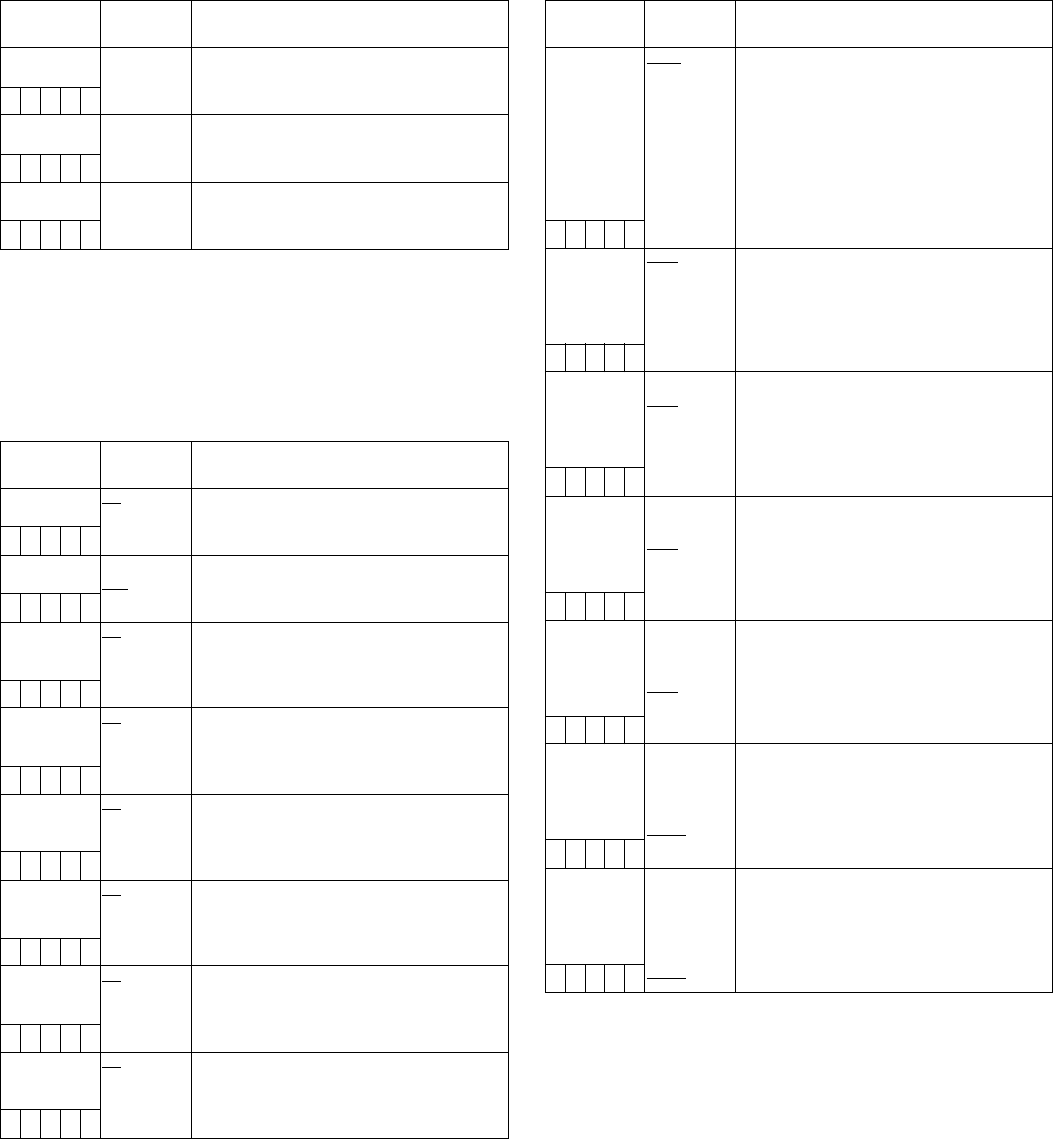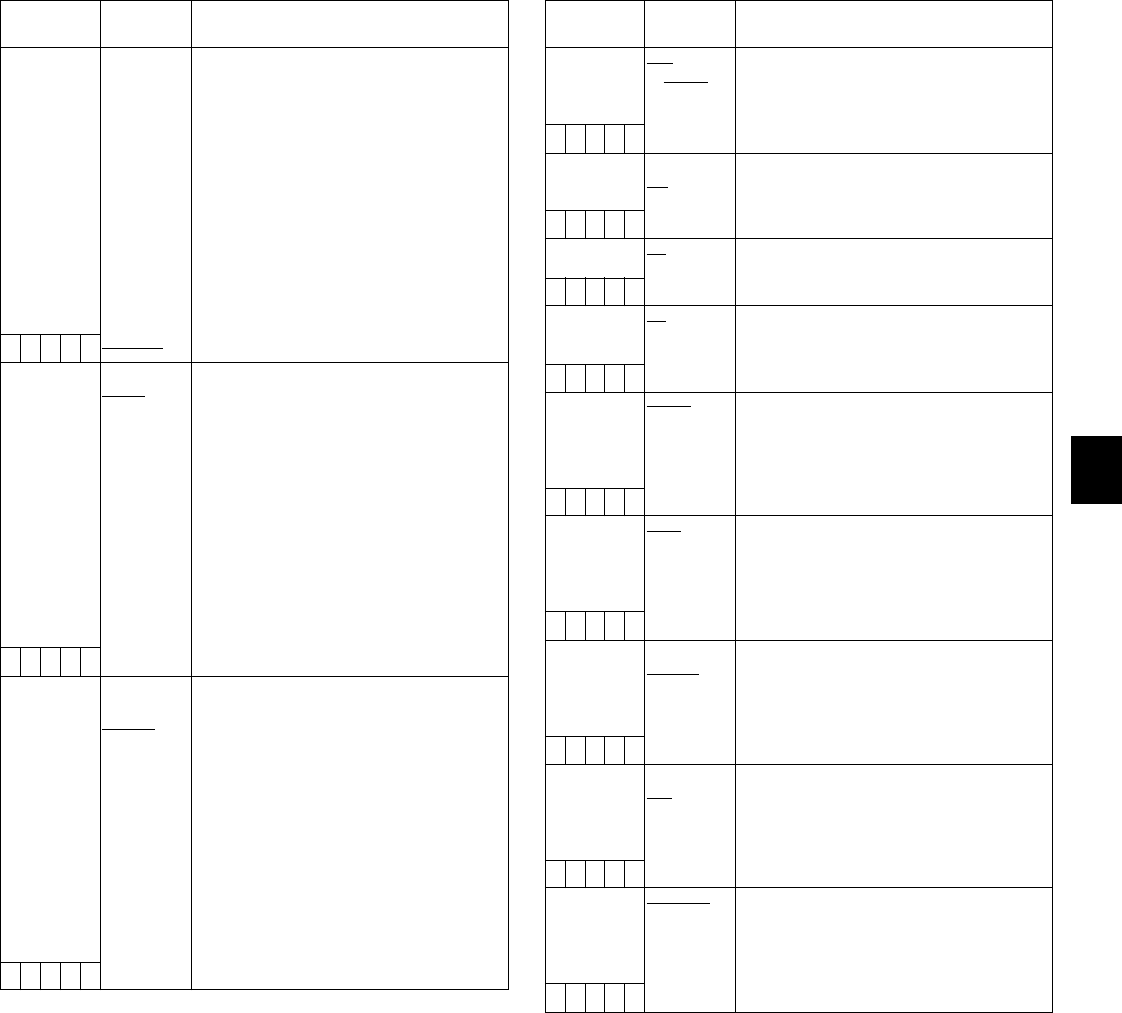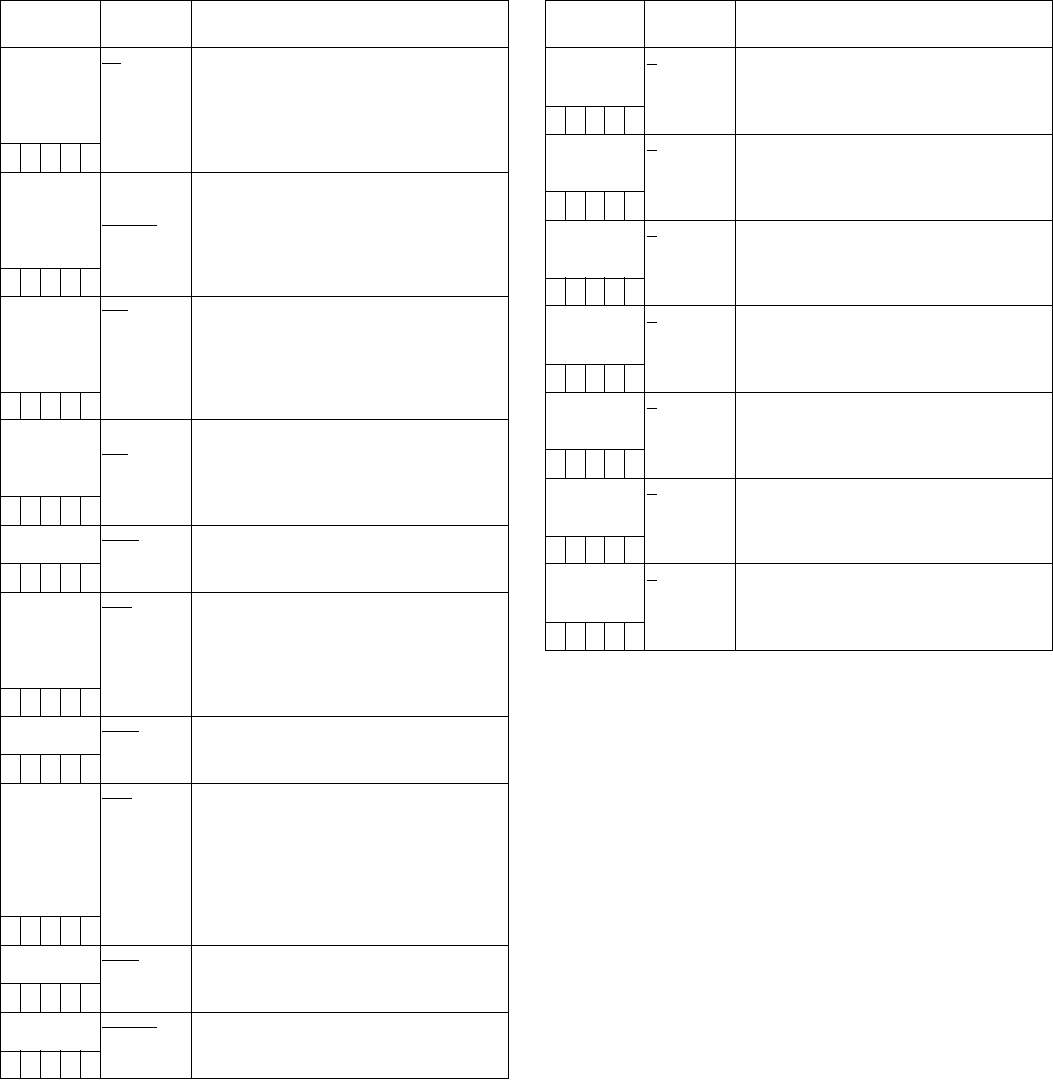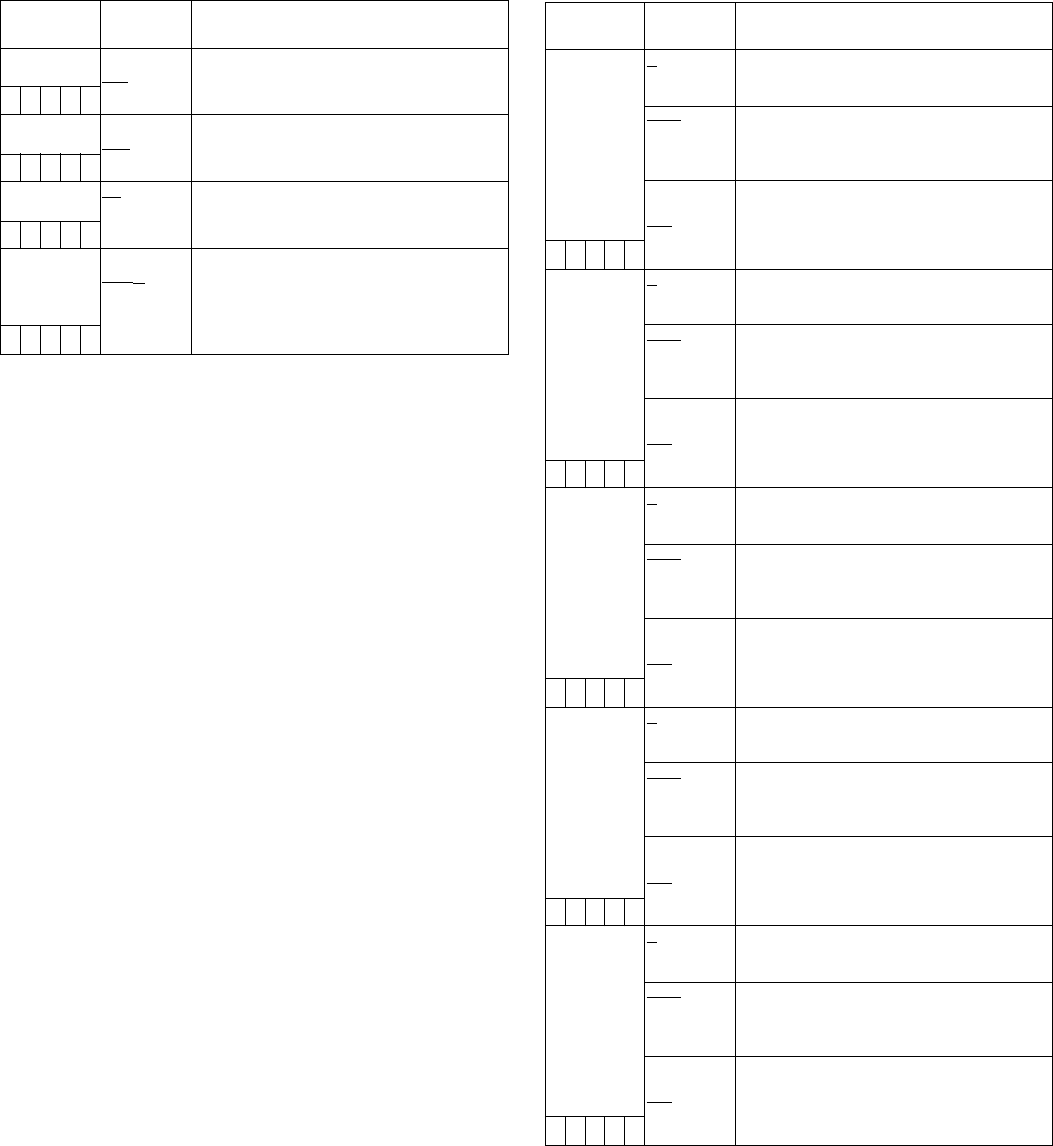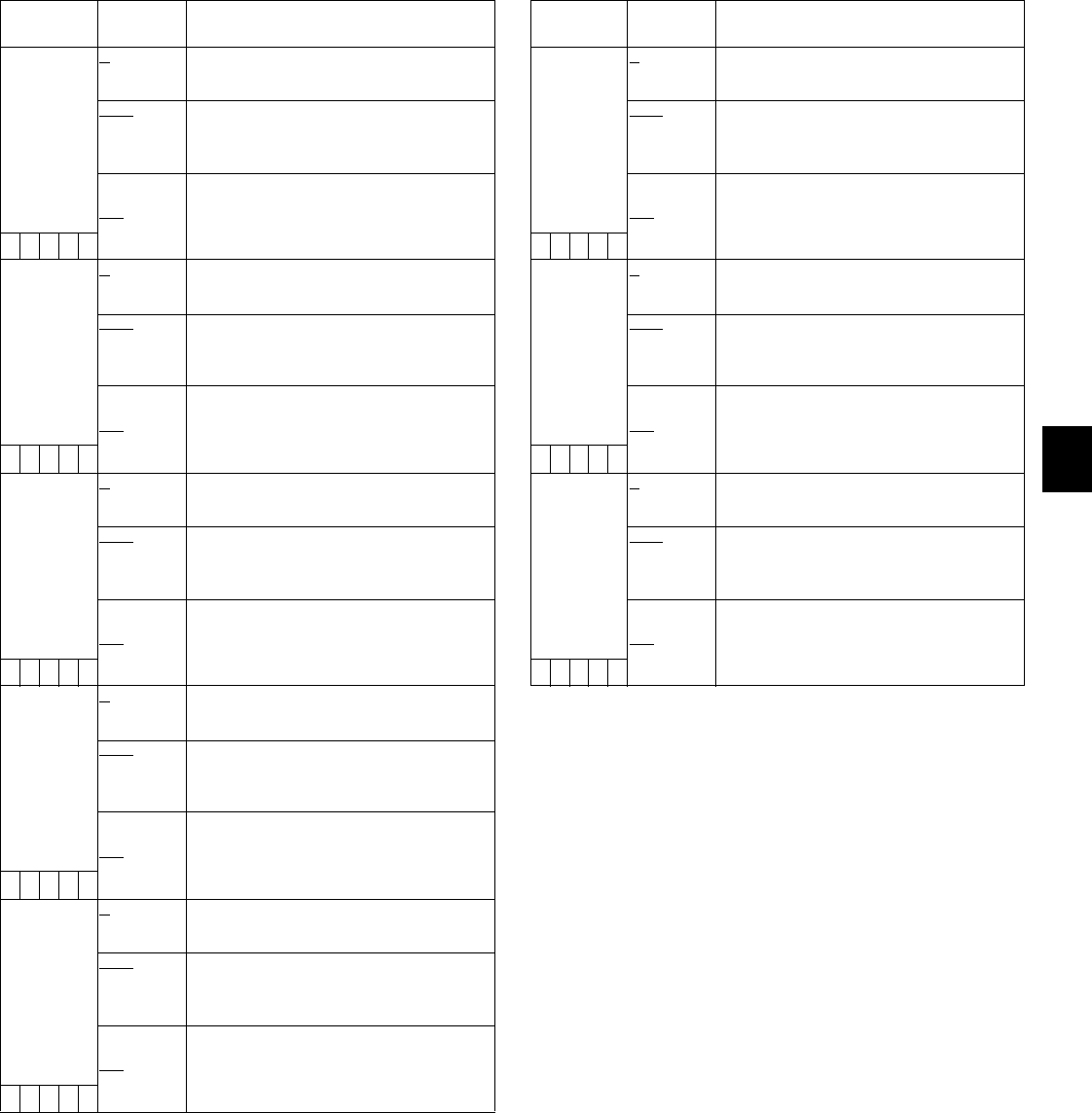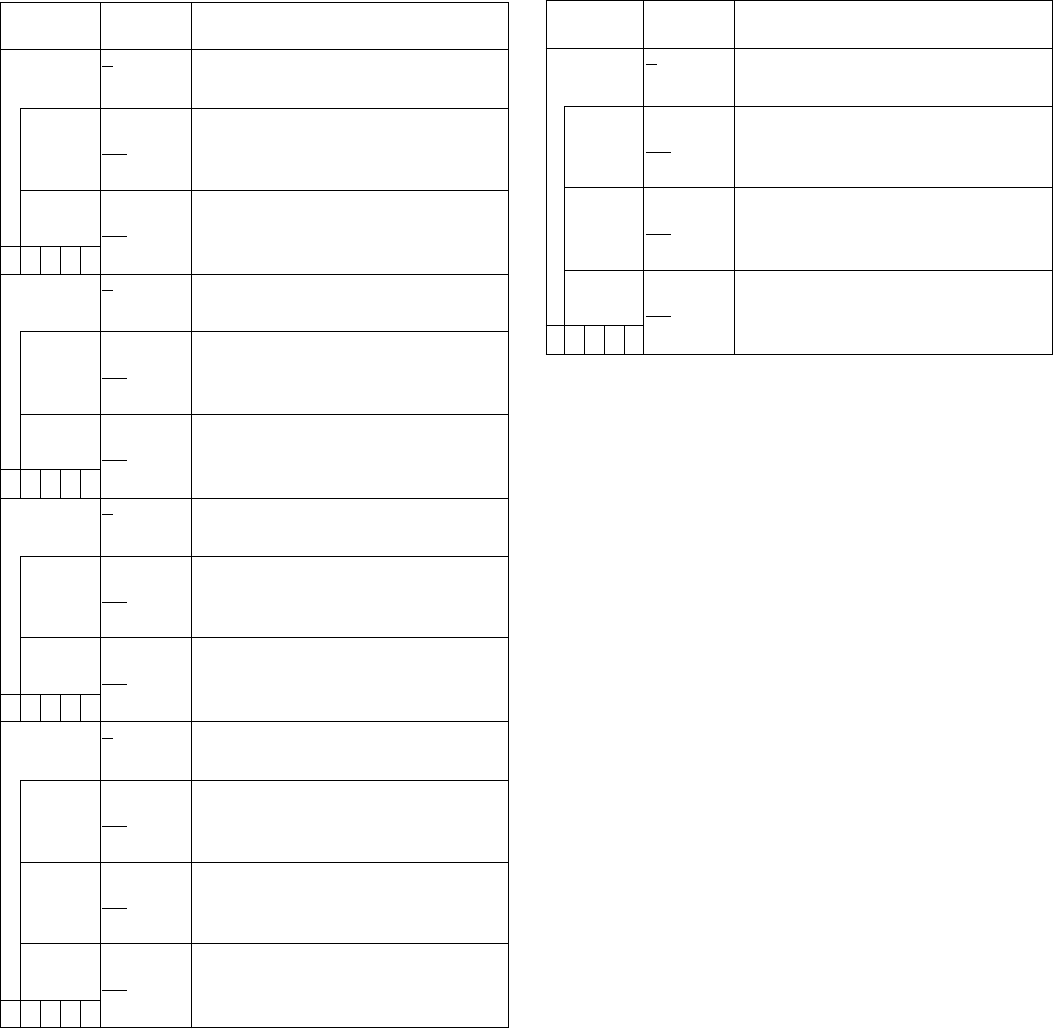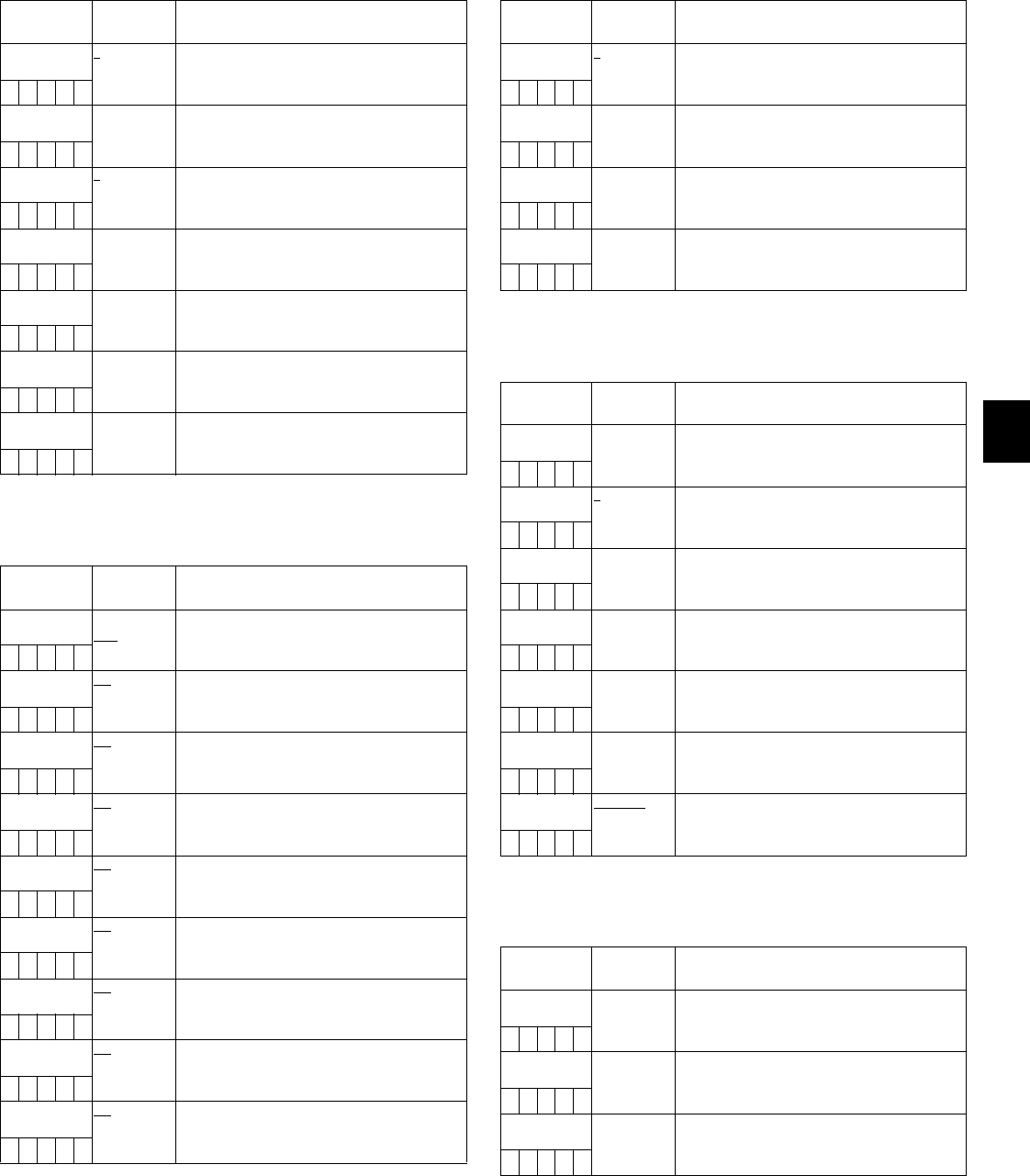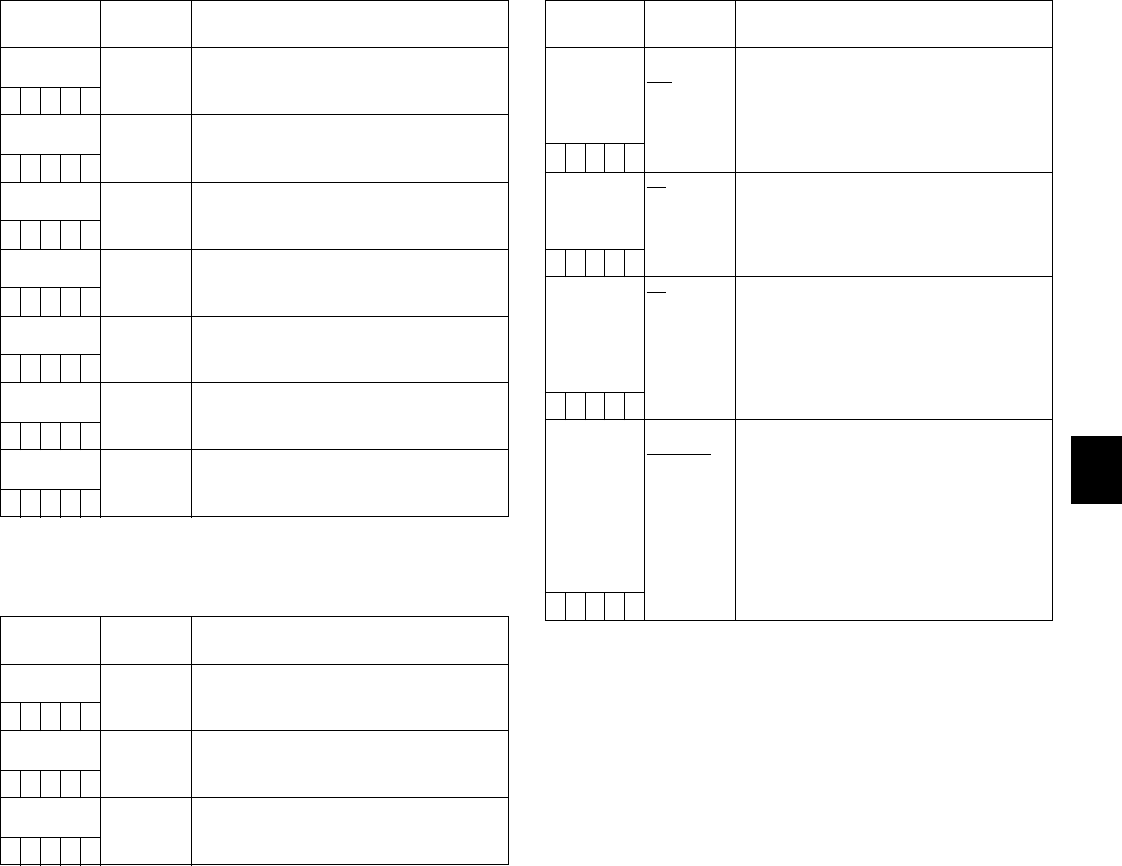5
4-10 Handling data. . . . . . . . . . . . . . . . . . . . . . 55
4-10-1 Handling SD Cards . . . . . . . . . . . . . . . . . . . . .55
4-10-2 Formatting, Writing and
Reading an SD Card . . . . . . . . . . . . . . . . . . . .55
4-10-3 How to Use the User Data . . . . . . . . . . . . . . . .59
4-10-4 How to Use Scene File Data . . . . . . . . . . . . . .60
4-10-5 Resetting Menu Option
Settings to Defaults . . . . . . . . . . . . . . . . . . . . .62
4-10-6 Lens File Data . . . . . . . . . . . . . . . . . . . . . . . . .62
Chapter 5 Preparation. . . . . . . . . . . . . . 63
5-1 Power Supply. . . . . . . . . . . . . . . . . . . . . . 63
5-1-1 Mounting the battery and setting
the battery type . . . . . . . . . . . . . . . . . . . . . . . .63
5-1-2 Using an AC Power Supply . . . . . . . . . . . . . . .66
5-2 Mounting the Viewfinder and
Adjusting its Position . . . . . . . . . . . . . . . . 66
5-3 Mounting the lens and Performing
the Flange Back and White Shading
Adjustments . . . . . . . . . . . . . . . . . . . . . . . 67
5-4 Preparing for Audio Input. . . . . . . . . . . . . 71
5-4-1 When Using the Front Microphone . . . . . . . . .71
5-4-2 When Using a Wireless Receiver . . . . . . . . . .71
5-4-3 When Using Audio Devices . . . . . . . . . . . . . . .72
5-5 Mounting the Camera on a Tripod . . . . . . 72
5-6 Attaching the Shoulder Strap. . . . . . . . . . 73
5-7 Attaching the Rain Cover. . . . . . . . . . . . . 73
5-8 Connecting the AJ-EC3P
Extension Controller . . . . . . . . . . . . . . . . 73
5-9 Attaching the Front Audio Level
Control Knob . . . . . . . . . . . . . . . . . . . . . . 74
Chapter 6 Manipulating Clips
with Thumbnails . . . . . . . . . 75
6-1 Thumbnail Manipulations Overview. . . . . 75
6-2 Thumbnail Screen . . . . . . . . . . . . . . . . . . 76
6-3 Selecting Thumbnails . . . . . . . . . . . . . . . 77
6-4 Playing Back Clips . . . . . . . . . . . . . . . . . . 77
6-5 Switching the Thumbnail Display . . . . . . . 78
6-6 Shot Mark . . . . . . . . . . . . . . . . . . . . . . . . 78
6-7 Voice Memo. . . . . . . . . . . . . . . . . . . . . . . 79
6-7-1 Playing Back Voice Memos . . . . . . . . . . . . . . .79
6-7-2 Recording a Voice Memo. . . . . . . . . . . . . . . . .79
6-7-3 Deleting Voice Memos . . . . . . . . . . . . . . . . . . .80
6-8 Deleting Clips. . . . . . . . . . . . . . . . . . . . . . 80
6-9 Restoring Clips . . . . . . . . . . . . . . . . . . . . 80
6-10 Formatting a P2 Card . . . . . . . . . . . . . . . 81
6-11 Formatting SD Cards . . . . . . . . . . . . . . . . 81
6-12 Setting the Thumbnail Display Mode . . . . 82
6-13 Properties. . . . . . . . . . . . . . . . . . . . . . . . . 82
6-13-1 Clip Property . . . . . . . . . . . . . . . . . . . . . . . . . . 82
6-13-2 P2 Card Status Display. . . . . . . . . . . . . . . . . . 83
Chapter 7 Maintenance and
Inspections. . . . . . . . . . . . . . 84
7-1 Inspections Before Shooting . . . . . . . . . . 84
7-1-1 Preparing for Inspections . . . . . . . . . . . . . . . . 84
7-1-2 Inspecting the Camera Unit. . . . . . . . . . . . . . . 84
7-1-3 Inspecting the Memory Recording
Functions. . . . . . . . . . . . . . . . . . . . . . . . . . . . . 85
7-2 Maintenance . . . . . . . . . . . . . . . . . . . . . . 86
7-2-1 Cleaning Inside the Viewfinder . . . . . . . . . . . . 86
7-2-2 Phenomenon Inherent to CCD Cameras . . . . 86
7-2-3 Replacing the Backup Battery. . . . . . . . . . . . . 86
7-2-4 Connector Signals. . . . . . . . . . . . . . . . . . . . . . 87
7-3 Warning System. . . . . . . . . . . . . . . . . . . . 88
7-3-1 Warning Description Tables . . . . . . . . . . . . . . 88
7-3-2 Error Codes. . . . . . . . . . . . . . . . . . . . . . . . . . . 89
Chapter 8 Menu Description Tables . . 90
8-1 Menu Configuration . . . . . . . . . . . . . . . . . 90
8-2 SYSTEM SETTING . . . . . . . . . . . . . . . . . 91
8-2-1 SYSTEM MODE . . . . . . . . . . . . . . . . . . . . . . . 91
8-2-2 OPTION MODE. . . . . . . . . . . . . . . . . . . . . . . . 91
8-2-3 REC FUNCTION . . . . . . . . . . . . . . . . . . . . . . . 92
8-2-4 OUTPUT SEL . . . . . . . . . . . . . . . . . . . . . . . . . 92
8-2-5 LCD MONITOR . . . . . . . . . . . . . . . . . . . . . . . . 93
8-2-6 GENLOCK. . . . . . . . . . . . . . . . . . . . . . . . . . . . 93
8-3 PAINT . . . . . . . . . . . . . . . . . . . . . . . . . . . 93
8-3-1 ROP . . . . . . . . . . . . . . . . . . . . . . . . . . . . . . . . 93
8-3-2 MATRIX. . . . . . . . . . . . . . . . . . . . . . . . . . . . . . 94
8-3-3 COLOR CORRECTION . . . . . . . . . . . . . . . . . 94
8-3-4 LOW SETTING . . . . . . . . . . . . . . . . . . . . . . . . 95
8-3-5 MID SETTING. . . . . . . . . . . . . . . . . . . . . . . . . 95
8-3-6 HIGH SETTING. . . . . . . . . . . . . . . . . . . . . . . . 96
8-3-7 ADDITIONAL DTL. . . . . . . . . . . . . . . . . . . . . . 96
8-3-8 SKIN TONE DTL. . . . . . . . . . . . . . . . . . . . . . . 97
8-3-9 KNEE/LEVEL . . . . . . . . . . . . . . . . . . . . . . . . . 97
8-3-10 GAMMA. . . . . . . . . . . . . . . . . . . . . . . . . . . . . . 98
8-3-11 FLARE. . . . . . . . . . . . . . . . . . . . . . . . . . . . . . . 98
8-3-12 CAMERA SETTING . . . . . . . . . . . . . . . . . . . 98
8-4 VF . . . . . . . . . . . . . . . . . . . . . . . . . . . . . . 99
8-4-1 VF DISPLAY . . . . . . . . . . . . . . . . . . . . . . . . . . 99
8-4-2 VF MARKER . . . . . . . . . . . . . . . . . . . . . . . . . . 99
8-4-3 USER BOX . . . . . . . . . . . . . . . . . . . . . . . . . . . 99
8-4-4 VF INDICATOR1. . . . . . . . . . . . . . . . . . . . . . 100
8-4-5 VF INDICATOR2. . . . . . . . . . . . . . . . . . . . . . 100
8-4-6 MODE CHECK IND. . . . . . . . . . . . . . . . . . . . 101
8-4-7 !LED . . . . . . . . . . . . . . . . . . . . . . . . . . . . . . . 101



































































































